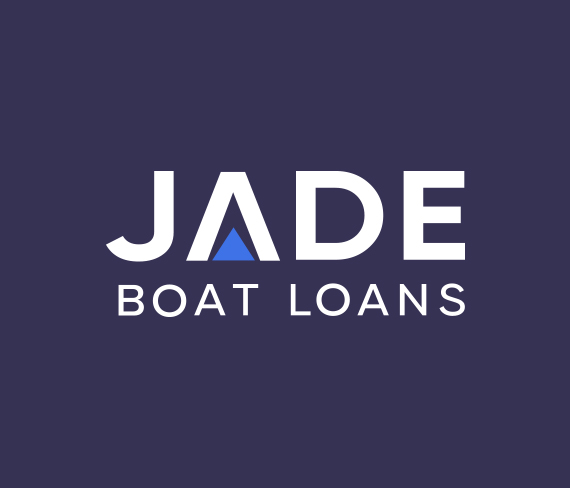When planning to purchase a new boat for fun, recreation and enjoyment on the water, probably the last thing on your mind is the nation’s economic data. But if that purchase involves boat finance, then the latest economic figures will be of significance to the loan and the boat loan rates.
The latest set of economic figures to be released is the inflation data for the quarter ending June 2022. The ABS released the latest figures on 27 July and from many aspects, the news is not good. The rate of inflation has hit 6.1% with expectations of possibly 7.75% in the quarter ending December 2022.
Rising inflation is being felt by consumers with the purchase of many goods but it is also having an effect on marine finance with rising boat loan rates. Those making plans to purchase a new boat with finance before the start of the next boating season may be assisted with scheduling by appreciating the connection between inflation and boat loan interest rates.
Inflation and unemployment are the two main data sets that the RBA Board takes into account when it makes those all-important cash rate decisions. The latest inflation figures were released just a week out from the next RBA Board meeting and are seen as putting even further pressure on the Board for another substantial rate rise.
Quarter to End June: ABS Inflation Statement
The ABS revealed in its 27 July statement that inflation (CPI rate) had risen to 6.1% in the quarter ending 30 June 2022. This represented a slightly lower increase, 1.8%, compared with the 2.1% rise in the March 2022 quarter. But while a slightly lower quarterly rise, it still represented the second largest rise in inflation for 20 years.
Increasing inflation is not an Australia-only phenomenon. Countries across the globe are experiencing similar and even larger rises as the world faces new challenges after the restrictions and lockdowns of the peak of the pandemic. Shocks in oil prices as a result of the Ukraine war are being attributed to much of the global rises as are issues around supply chains.
Notable points from ABS statement:
- Inflation is currently at 6.1%. When the larger rises and decreases in prices are excluded (as is standard for calculating this data) the rate is 4.9%.
- Highest figure for inflation since 2003.
- The increase in construction housing cost as well as rises in fuel prices were indicated as two main contributors to the recent rise.
- The majority of the increase, 79%, came from rises in the price of goods while services recorded less of a rise.
- Freight cost rises in conjunction with strong demand not being met by the supply of goods noted as contributing to goods price rises.
- For 8 quarters in a row, fuel prices have risen. This is placing pressure on consumer market prices.
- Continuing supply chain issues contributing to both food and non-food price increases. Transportation costs are also a key driver.
- Domestically, tight labour markets as well as the effects of the serious flood events earlier in the year are seen as contributors to rising food prices.
Cash Rate Pressure
In its July Board meeting statement, the RBA Governor, Philip Lowe, said the Board was awaiting the release of the next set of economic data to make its next decisions around the cash rate rise. The data referred to are the employment figures and the latest inflation figures.
The employment data for the latest period see unemployment at the lowest in 40 years, indicating a very tight labour market. Now with inflation hitting another milestone rate, pressure will be on the RBA to call a substantial rate rise in August and possibly in the ensuing months.
Since the RBA’s May meeting, the cash rate has been lifted from 0.1% to 1.35%. The expectation for August was up to 1%. But on the release of the inflation figures, the expectations have been tempered to a general feeling by economists of around a 0.5% rise.
The ANZ, one of our major lenders, has forecast up to a 2% rise in the cash rate before the end of the year.
The Way Ahead for Boat Loan Rates
In line with the last three months of cash rate rises lenders across markets have been lifting their interest rates. That includes our marine finance sector. Our bank and non-bank lenders have individual guidelines around how much and the timing of their rate rises. We have seen some lenders lift their rates before an RBA move.
The variations across the marine finance rate market can be seen in our Compare Interest Rate chart. Fortunately, our customers have the benefit of our vast lender accreditations. This enables us to source the cheapest boat loan interest rates on the market to suit that customer at that particular point in time.
With the knowledge that rates are set to rise in the coming months, buyers may be in a better position to time their new boat purchase. As we have urged for many months, proceeding with that purchase with marine finance as soon as possible is the way to avoid higher rated loans later in the year.
To secure cheaper interest rate marine finance contact Jade Boat Loans by calling on 1300 000 003
DISCLAIMER: THE INFORMATION AND SPECIFIC DETAILS CONTAINED IN THE CONTENT OF THIS ARTICLE HAVE BEEN PREPARED AND ARE PRESENTED PURELY AS GENERAL INFORMATION AND NOT INTENDED AS THE ONLY SOURCE OF FINANCIAL ADVICE FOR BOAT BUYERS AND LOAN BORROWERS. FOR THOSE THAT CONSIDER THEY REQUIRE SPECIFIC ADVICE, THEY SHOULD CONSULT WITH A FINANCIAL ADVISOR. LIABILITY IS NOT ACCEPTED IN REGARD TO ERRORS AND MISPRESENTED DATA AND DETAILS HEREIN.

 "
alt="">
"
alt="">